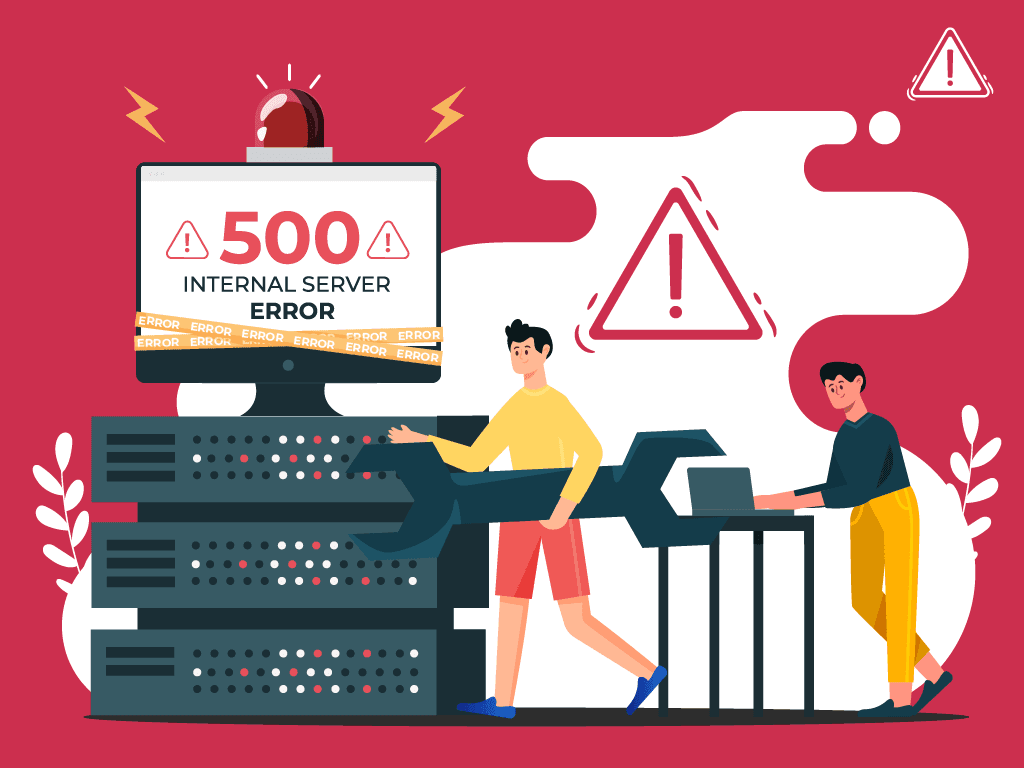Introduction:
JavaScript functionality issues can impede the interactivity and performance of your web applications. Resolving these issues is crucial for ensuring a smooth user experience. This guide provides a step-by-step approach to identify and resolve JavaScript functionality issues.
Resolving JavaScript Functionality Issues:
Step 1: Identify the Issue:
- Begin by identifying the specific JavaScript functionality issue. This could include unexpected behavior, errors in the console, or features not working as intended. Use browser developer tools to inspect the console for error messages.
Step 2: Review Code Logic:
- Examine the JavaScript code related to the problematic functionality. Check for logical errors, incorrect conditions, or unexpected variable values. Use console.log statements to output values and debug the code logic.
Step 3: Debugging with Console:
- Utilize the browser’s developer tools console for interactive debugging. Insert console.log statements at key points in your JavaScript code to log variable values, execution flow, and identify where the issue occurs.
Step 4: Check Browser Compatibility:
- Verify that your JavaScript code is compatible with the browsers your application targets. Cross-browser compatibility issues may arise, so test your application on different browsers to identify and address compatibility-related problems.
Step 5: Inspect Network Requests:
- If your JavaScript code involves making network requests (e.g., AJAX calls), use the Network tab in browser developer tools to inspect the requests and responses. Check for errors, status codes, and response data.
Step 6: Validate External Dependencies:
- Ensure that external JavaScript libraries or dependencies are correctly loaded and up to date. Check the console for any errors related to missing or incompatible libraries. Update or replace dependencies as needed.
Step 7: Handle Asynchronous Operations:
- If your JavaScript code involves asynchronous operations (e.g., fetching data, handling callbacks), ensure that you properly handle the asynchronous nature of these operations. Use promises, async/await, or callbacks appropriately.
Step 8: Test Edge Cases:
- Consider testing edge cases and boundary conditions. Ensure your JavaScript code handles various scenarios, such as empty data sets, unexpected input, or conditions that could lead to unexpected behavior.
Step 9: Address Memory Leaks:
- Use browser profiling tools to identify and address memory leaks. Frequent or excessive memory usage can impact performance. Analyze memory profiles to pinpoint areas where memory is not being released properly.
Step 10: Review Event Handlers:
– Check event handlers in your JavaScript code. Ensure that events are properly attached, and event listeners are correctly implemented. Verify that event propagation is handled appropriately to prevent unintended side effects.
Step 11: Validate DOM Manipulation:
– If your JavaScript code manipulates the DOM, confirm that DOM elements are selected correctly, and modifications are applied as intended. Use browser developer tools to inspect the updated DOM structure.
Step 12: Test on Different Devices:
– Ensure that your JavaScript functionality works on different devices, including desktops, tablets, and mobile devices. Responsive design and cross-device compatibility are essential for a consistent user experience.
Step 13: Use Error Handling:
– Implement robust error handling in your JavaScript code. Use try-catch blocks to catch and handle exceptions gracefully. Log error messages to the console or a logging service to aid in troubleshooting.
Step 14: Disable Browser Extensions:
– Temporarily disable browser extensions to rule out the possibility of conflicts. Some extensions may interfere with JavaScript functionality. Test your application with extensions disabled to identify any compatibility issues.
Step 15: Validate Third-Party APIs:
– If your JavaScript code interacts with third-party APIs, validate that the API endpoints are accessible, and responses are processed correctly. Check API documentation for any changes that may impact your integration.
Step 16: Seek Professional Assistance (if necessary):
– If you encounter persistent challenges in resolving JavaScript functionality issues or if the codebase is complex, consider seeking assistance from experienced JavaScript developers or web development experts.
Conclusion:
In conclusion, resolving JavaScript functionality issues involves a systematic debugging and testing process, from reviewing code logic to addressing compatibility concerns. By following these steps, you can identify and rectify issues, ensuring that your JavaScript-powered features work seamlessly in your web applications.


